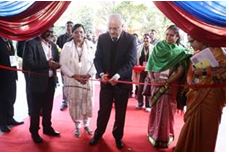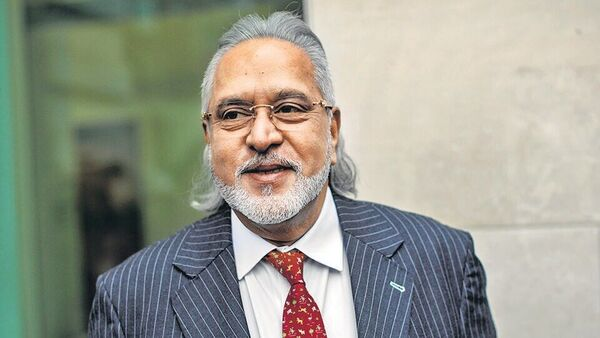



Gujarat's emissions trading scheme (ETS), launched in 2019, reduced pollution in Surat’s industrial cluster by 20-30%. Factories trade permits to manage particulate emissions, cutting costs and boosting compliance. A recent study found significant health benefits, with pollution control savings and improved factory efficiency compared to traditional regulations.

Copyright infringement not intended
A new study on the world’s first-ever market for trading particulate emissions in Gujarat, disclosed that employing the market mechanism helped reduce pollution by 20-30% in an industrial cluster in Surat.
It was launched in 2019, to tackle air pollution in a smart, market-based way
Particulate matter (PM) is a mix of small solid particles and liquid droplets in the air, like dust, soot, or smoke. These particles, especially PM2.5 (super small particles), can get deep into lungs and cause serious health issues, like asthma, heart disease, or even early death.
According to the World Health Organization (WHO), PM levels in Gujarat are seven times higher than safe limits, with PM2.5 hitting 73 micrograms per cubic meter in winter. This is a huge public health crisis, and India’s traditional rules—like shutting down factories or fining them—weren’t cutting it.
The Gujarat Pollution Control Board (GPCB) decides how much PM all factories in Surat can release together. This cap is lower than what factories used to emit, forcing them to pollute less.
Each factory gets permits allowing it to release a certain amount of PM (1 permit = 1 kg of PM). About 80% of permits are given free based on a factory’s size (like boiler capacity), and 20% are sold in weekly auctions.
Factories that can easily cut pollution (e.g., by installing filters) use fewer permits and sell extras to others. Factories that find it hard or expensive to reduce PM can buy permits to stay legal. This trading happens on an online platform run by National Commodities and Derivatives Exchange e-Markets Limited (NeML).
Factories have Continuous Emissions Monitoring Systems (CEMS) that track PM emissions in real-time. If a factory emits more PM than its permits allow, it faces hefty fines or loses permits.
This system, called cap-and-trade, ensures total pollution stays below the cap while giving factories flexibility to decide how to comply.
|
The idea of trading emissions isn’t new. The U.S. cut sulfur dioxide (SO2) by 40% from 1980–2003 using cap-and-trade, with benefits 40 times the costs. Europe has traded carbon emissions since 2005, and China started a carbon market in 2021. But Gujarat’s ETS is the first to tackle particulate matter, the deadliest air pollutant. |
A study published in the Quarterly Journal of Economics, led by experts like Michael Greenstone (a former Obama advisor), proves the ETS is a game-changer. They found:
Compared to traditional “command-and-control” rules (like forcing all factories to install filters), the ETS is more flexible and cost-effective. It rewards factories that innovate while pushing everyone to pollute less.
Must Read Articles:
LIGHTEN THE POLLUTION BURDEN OF THERMAL POWER STATES
WHY INDIA NEEDS TO CLEAN ITS AIR
Source:
|
PRACTICE QUESTION Q. Discuss the concept of "green industrialization." How can it mitigate the adverse effects of pollution while promoting economic growth? 150 words |







© 2025 iasgyan. All right reserved